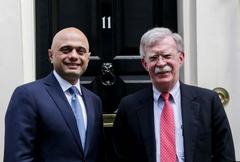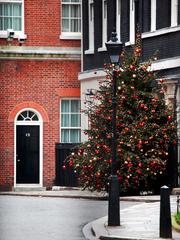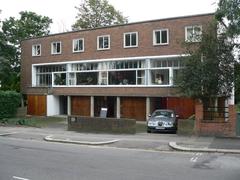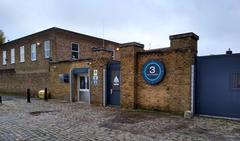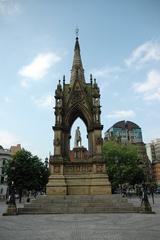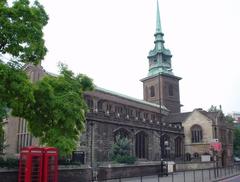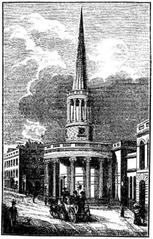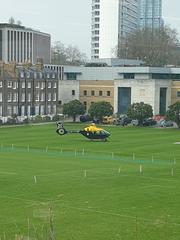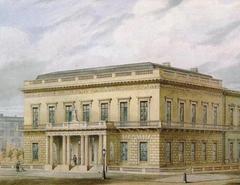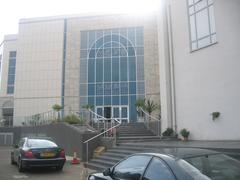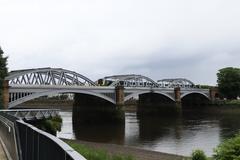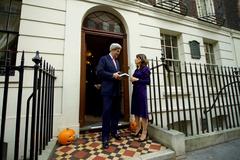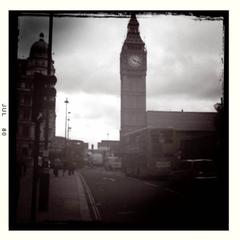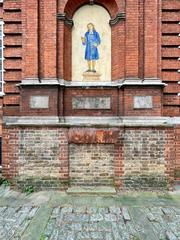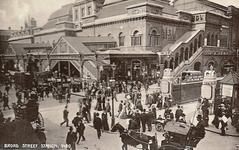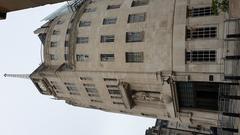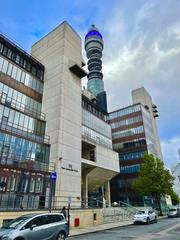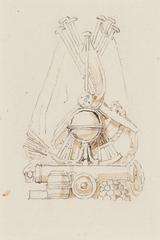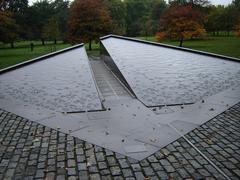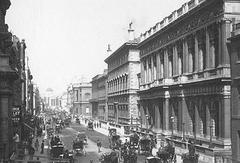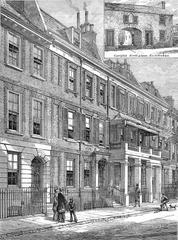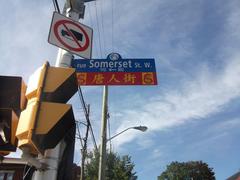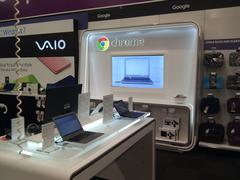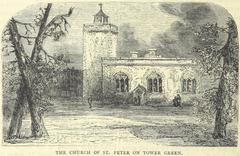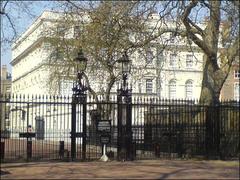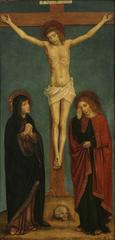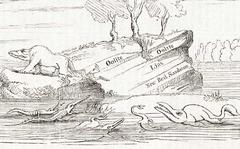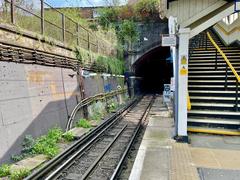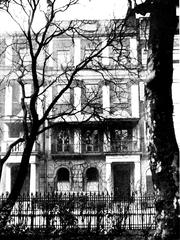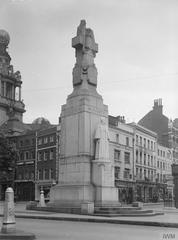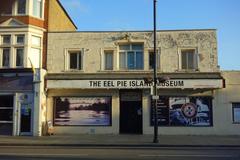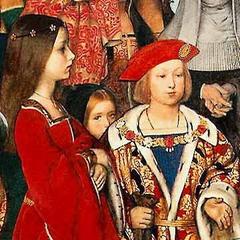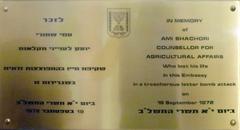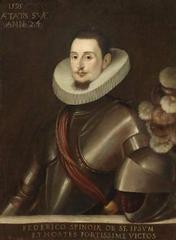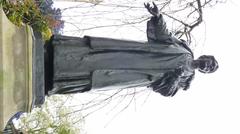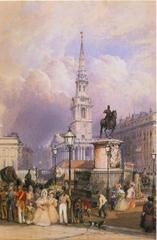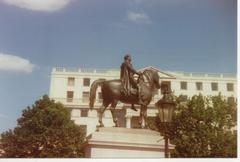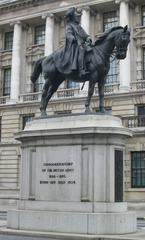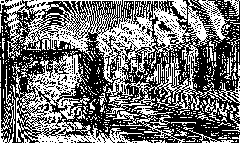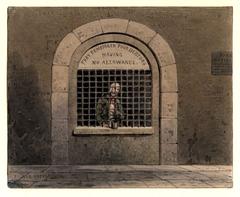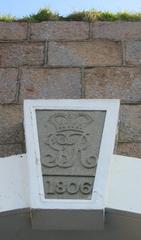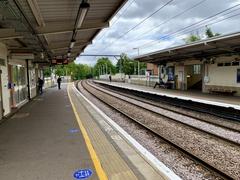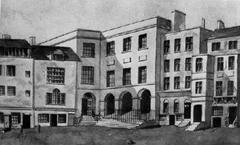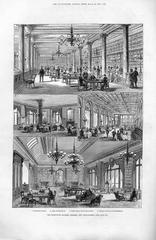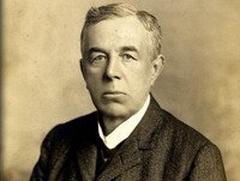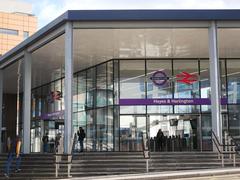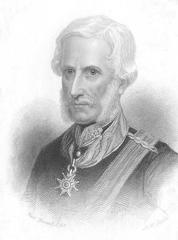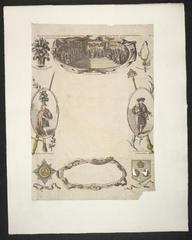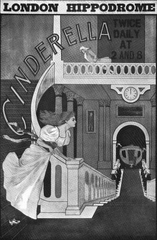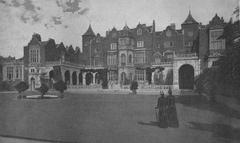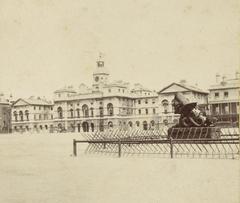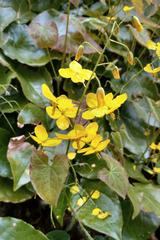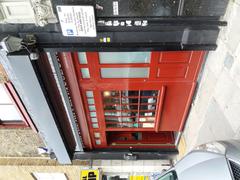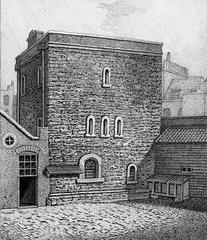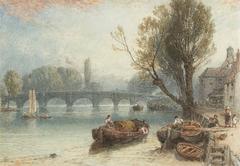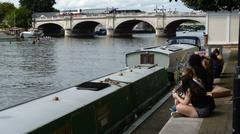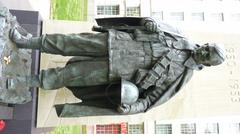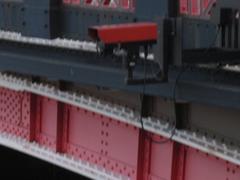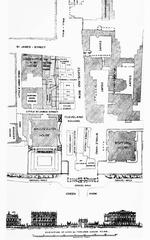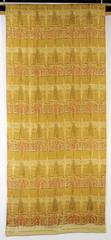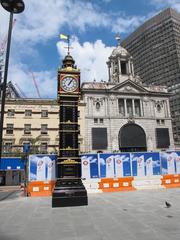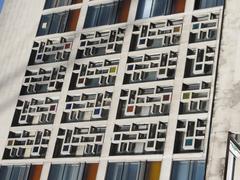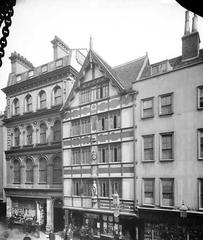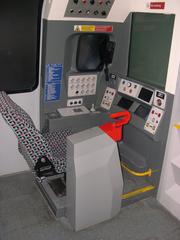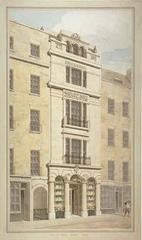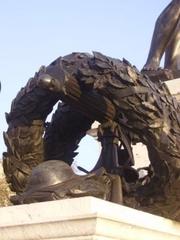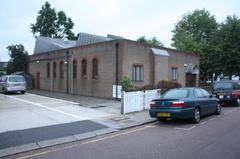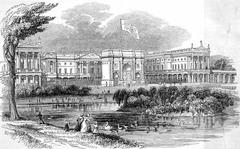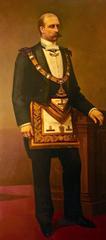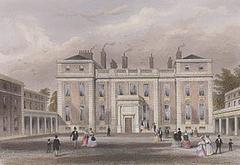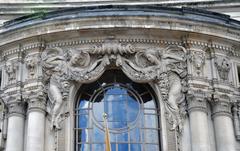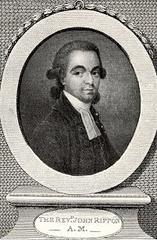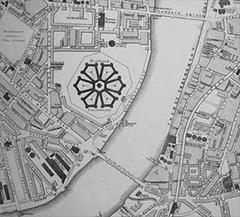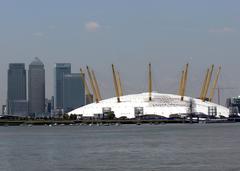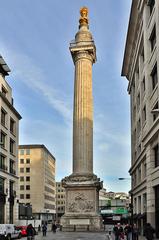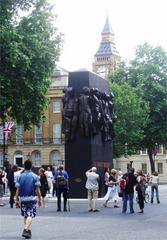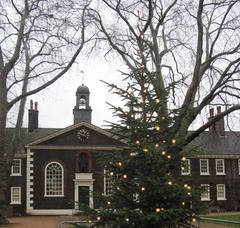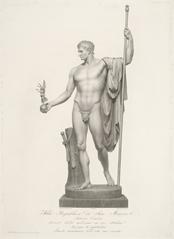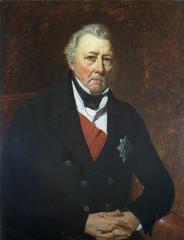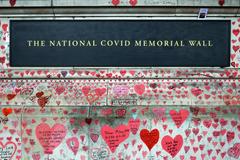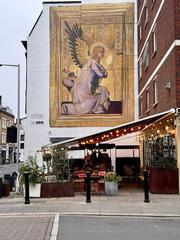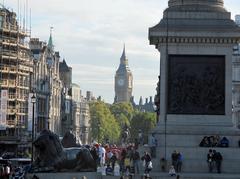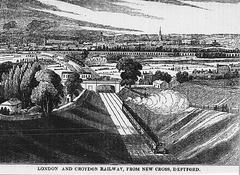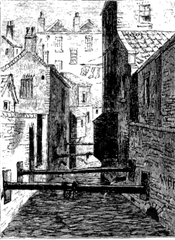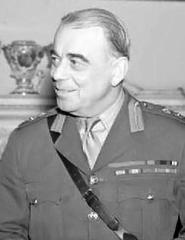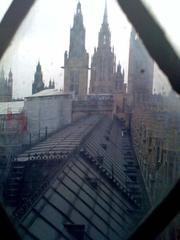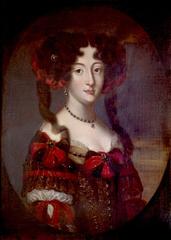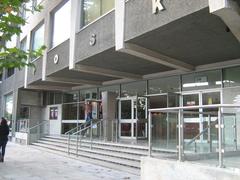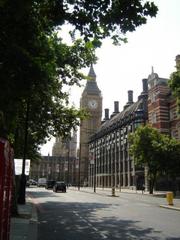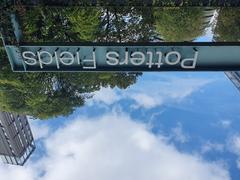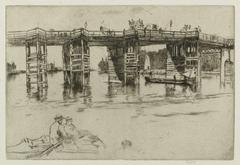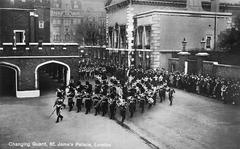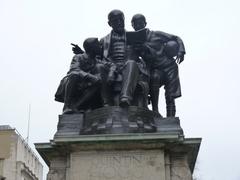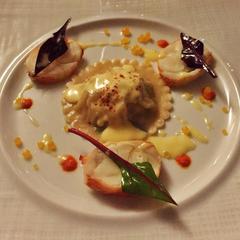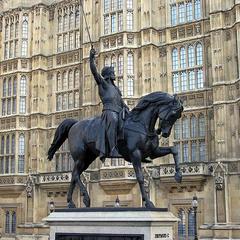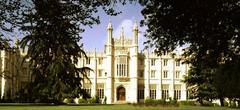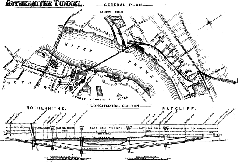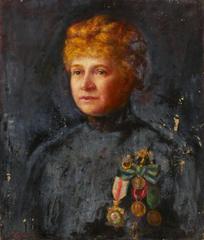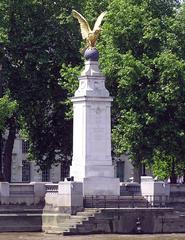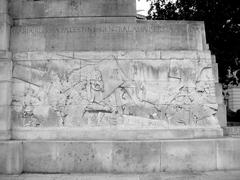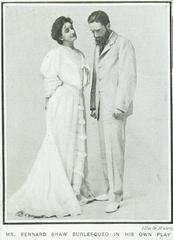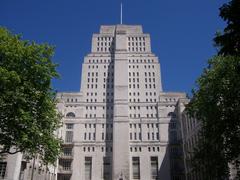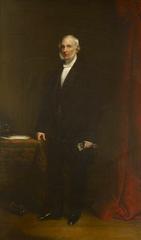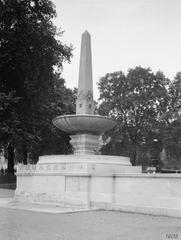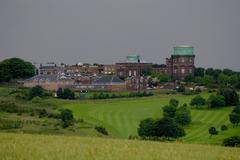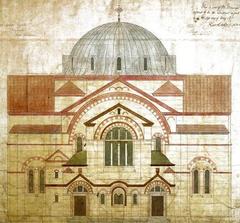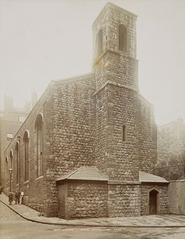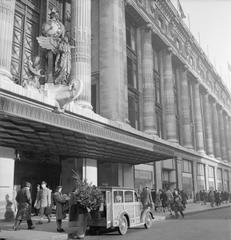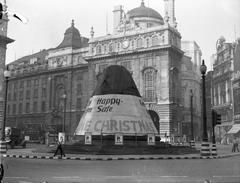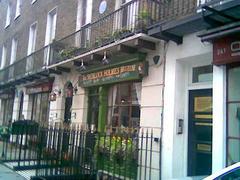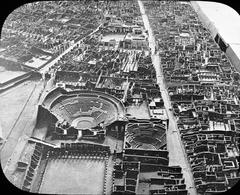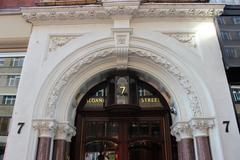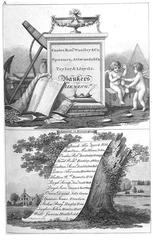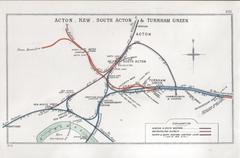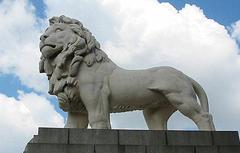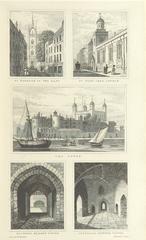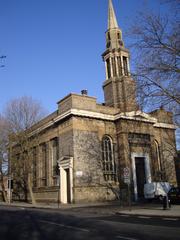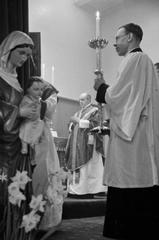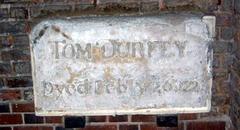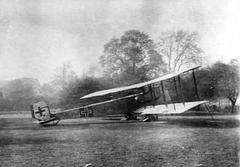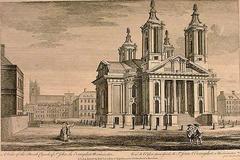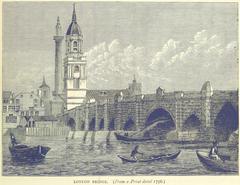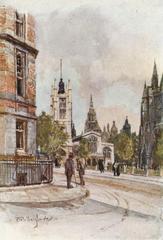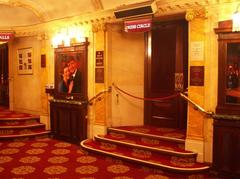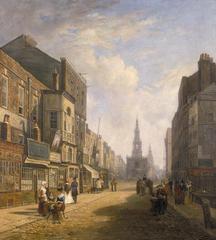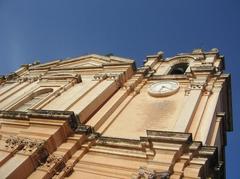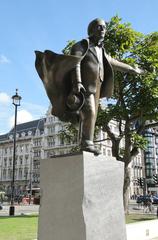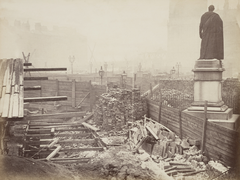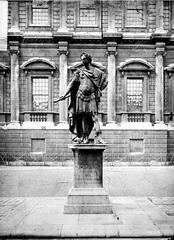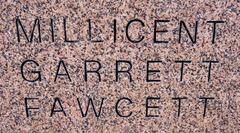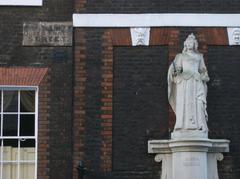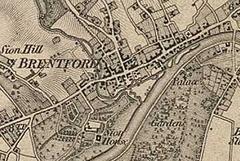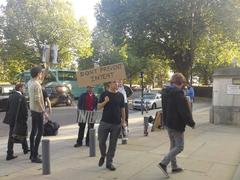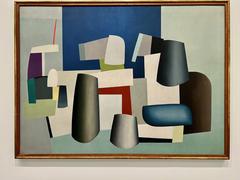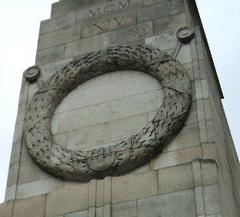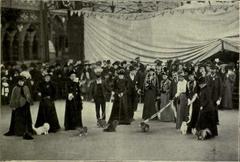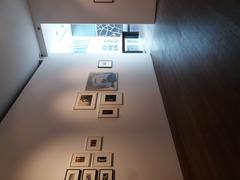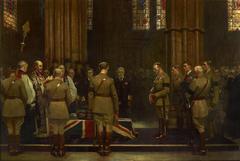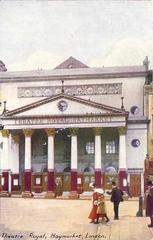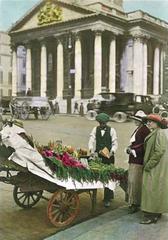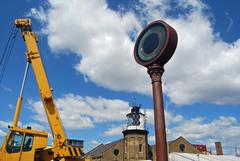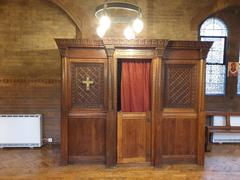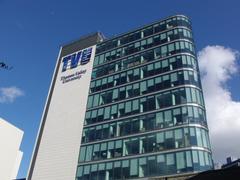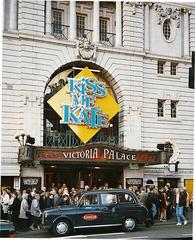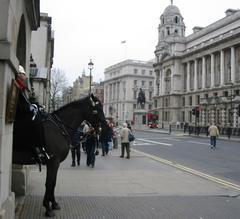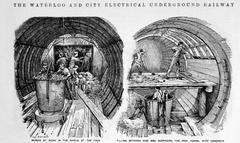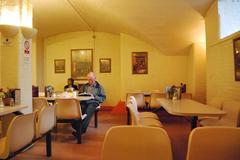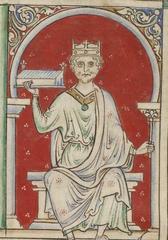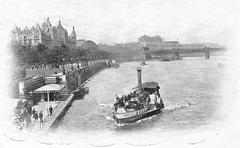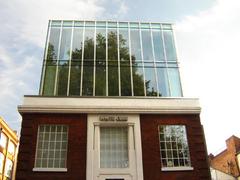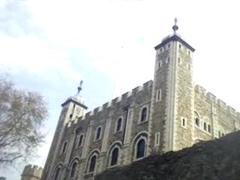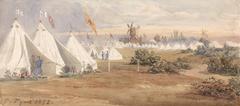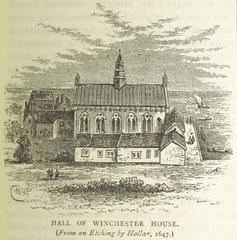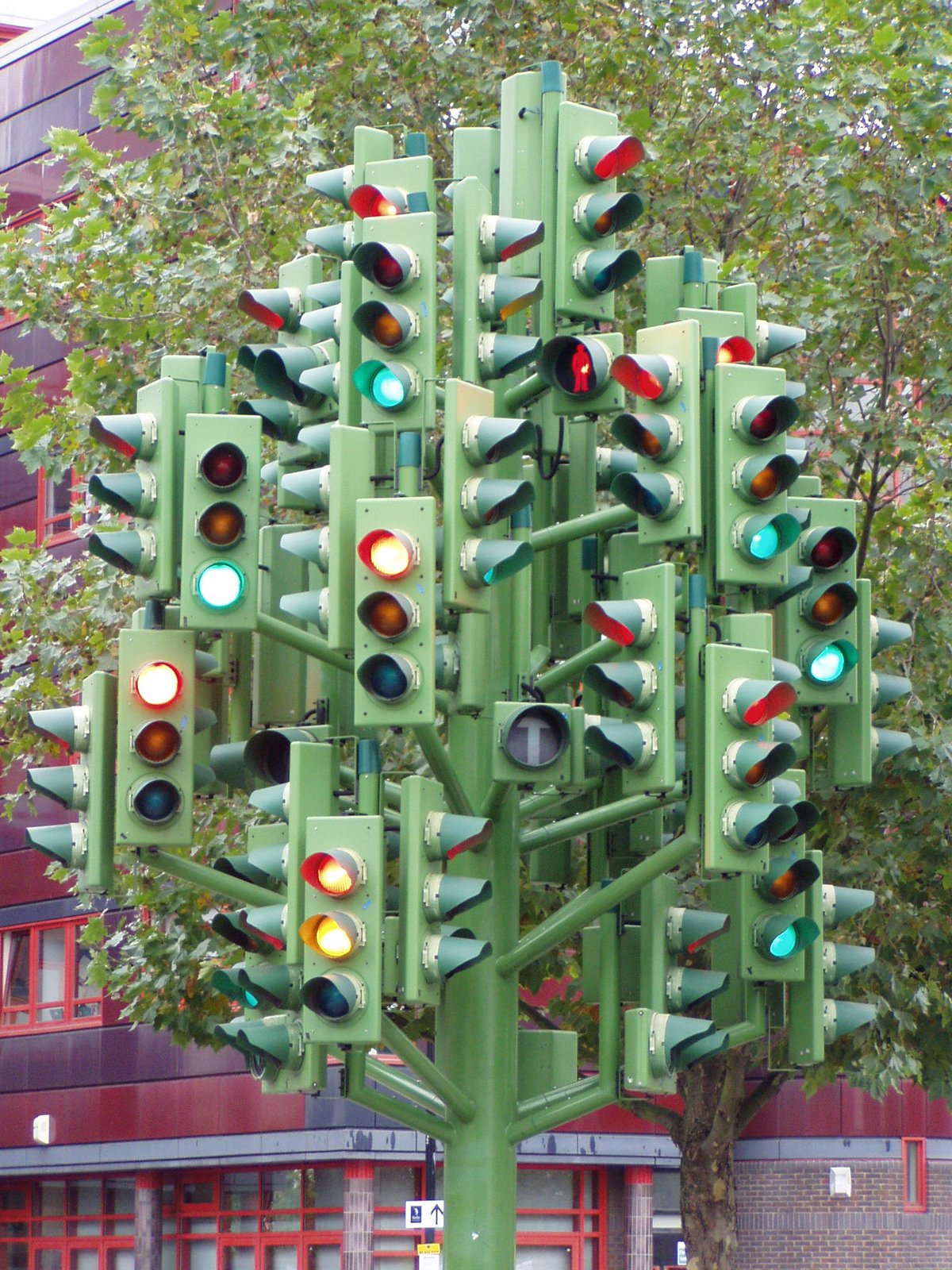
Traffic Light Tree Visiting Guide: Hours, Tickets, and Tips
Date: 24/07/2024
Introduction
The Traffic Light Tree in London is a unique example of contemporary public art, captivating visitors with its eclectic mix of technology and nature-inspired design. Designed by French artist Pierre Vivant, this eight-meter-tall installation comprises 75 sets of traffic lights, each controlled by a computer to create an ever-changing display of colors. Located in the bustling Canary Wharf district, the Traffic Light Tree has become an iconic landmark, symbolizing the dynamic and restless spirit of the area. Originally installed in 1998 at a roundabout in Canary Wharf, it was relocated in 2013 to the Trafalgar Way roundabout near Billingsgate Market. This relocation has only amplified its popularity among locals and tourists alike. The sculpture not only represents the intersection of art, technology, and urban life but also serves as a poignant reminder of the environmental challenges posed by urbanization (Atlas Obscura, Wikiwand).
Table of Contents
- Introduction
- History of the Traffic Light Tree
- Practical Visitor Information
- Cultural Significance and Legacy
- FAQ
- Conclusion
- Call to Action
History of the Traffic Light Tree
Creation and Installation
The Traffic Light Tree was commissioned by the Public Art Commissions Agency as part of the London Docklands Development Corporation’s Public Art programme. It was installed in 1998 at a roundabout in Canary Wharf, at the junction of Heron Quay, Marsh Wall, and Westferry Road (Wikiwand).
Standing eight meters tall, the sculpture consists of 75 sets of traffic lights, each controlled by a computer. Vivant designed it to mimic the natural landscape of the adjacent London Plane Trees, while its changing light patterns reflect the constant rhythm of the surrounding financial and commercial activities (Atlas Obscura).
Concept and Design
Pierre Vivant’s vision for the Traffic Light Tree was to embody the restlessness and dynamism of Canary Wharf. Initially, the lights were to be triggered by the flurries of activity on the London Stock Exchange. However, this idea was abandoned due to high costs (Wonders of London).
The Public Art Commissions Agency stated that the arbitrary cycle of light changes was intended to reflect the restlessness of Canary Wharf, rather than mimic the seasonal rhythm of nature (Wikipedia). This design choice underscores the sculpture’s role as a symbol of the area’s vibrant and ever-changing environment.
Initial Reception and Impact
Upon its installation, the Traffic Light Tree quickly became an iconic landmark. However, its initial reception was mixed, with some motorists mistaking it for real signals. Despite this confusion, it soon won the hearts of both tourists and residents (Wonders of London).
In 2005, a survey by Saga Motor Insurance found that the roundabout containing the Traffic Light Tree was a favorite among British motorists, further cementing its status as a beloved public artwork (Wikipedia).
Relocation
In December 2011, the Traffic Light Tree was removed from its original location due to changes in the area’s infrastructure. By November 2013, it was reinstalled at the Trafalgar Way roundabout, facing the Billingsgate Market in Poplar (Wikiwand).
The relocation was met with public enthusiasm, allowing the sculpture to continue its role as a dynamic piece of public art (Atlas Obscura).
Practical Visitor Information
Visiting Hours
The Traffic Light Tree is located in a public space and is accessible 24/7. There are no specific visiting hours, so you can enjoy this piece of art at any time of the day or night.
Tickets
There is no admission fee to view the Traffic Light Tree. It is a free attraction open to all visitors.
Location and Accessibility
The sculpture is situated at the Trafalgar Way roundabout, near Billingsgate Market in Poplar. The area is well-connected by public transport, with the Canary Wharf Underground Station and several bus routes nearby.
Travel Tips
- Best Time to Visit: The Traffic Light Tree is illuminated at night, making evenings an ideal time to see its lights in action.
- Photography: The sculpture’s vibrant lights make for excellent photographs, especially during dusk and nighttime. Don’t forget your camera!
- Nearby Attractions: While in the area, you might also want to visit the Museum of London Docklands, Canary Wharf Shopping Centre, and the Thames River.
Cultural Significance and Legacy
The Traffic Light Tree represents the intersection of art, technology, and urban life, capturing the essence of London’s financial district. Its playful aesthetic has made it a popular subject for photographs and social media posts, further enhancing its cultural impact (Elephant Art).
The sculpture also serves as a reminder of the importance of public art in urban spaces, demonstrating how art can transform everyday environments and engage residents and visitors alike (Wonders of London).
FAQ
- Is the Traffic Light Tree free to visit?
- Yes, it is a free public attraction.
- Where is the Traffic Light Tree located?
- It is located at the Trafalgar Way roundabout, near Billingsgate Market in Poplar.
- What are the best times to visit the Traffic Light Tree?
- Evenings are ideal as the sculpture is illuminated at night.
- Are there guided tours available?
- While there are no specific guided tours for the Traffic Light Tree, it is included in some broader tours of the Canary Wharf area.
Conclusion
The Traffic Light Tree is a remarkable piece of public art that has made a lasting impact on London’s cultural landscape. From its creation and initial reception to its relocation and ongoing significance, this unique sculpture underscores the importance of public art in fostering vibrant and dynamic urban environments.
Call to Action
Planning your visit to the Traffic Light Tree? Download our mobile app Audiala for more travel tips and updates on London’s historical sites. Don’t forget to check out our other related posts and follow us on social media for the latest news and events.

